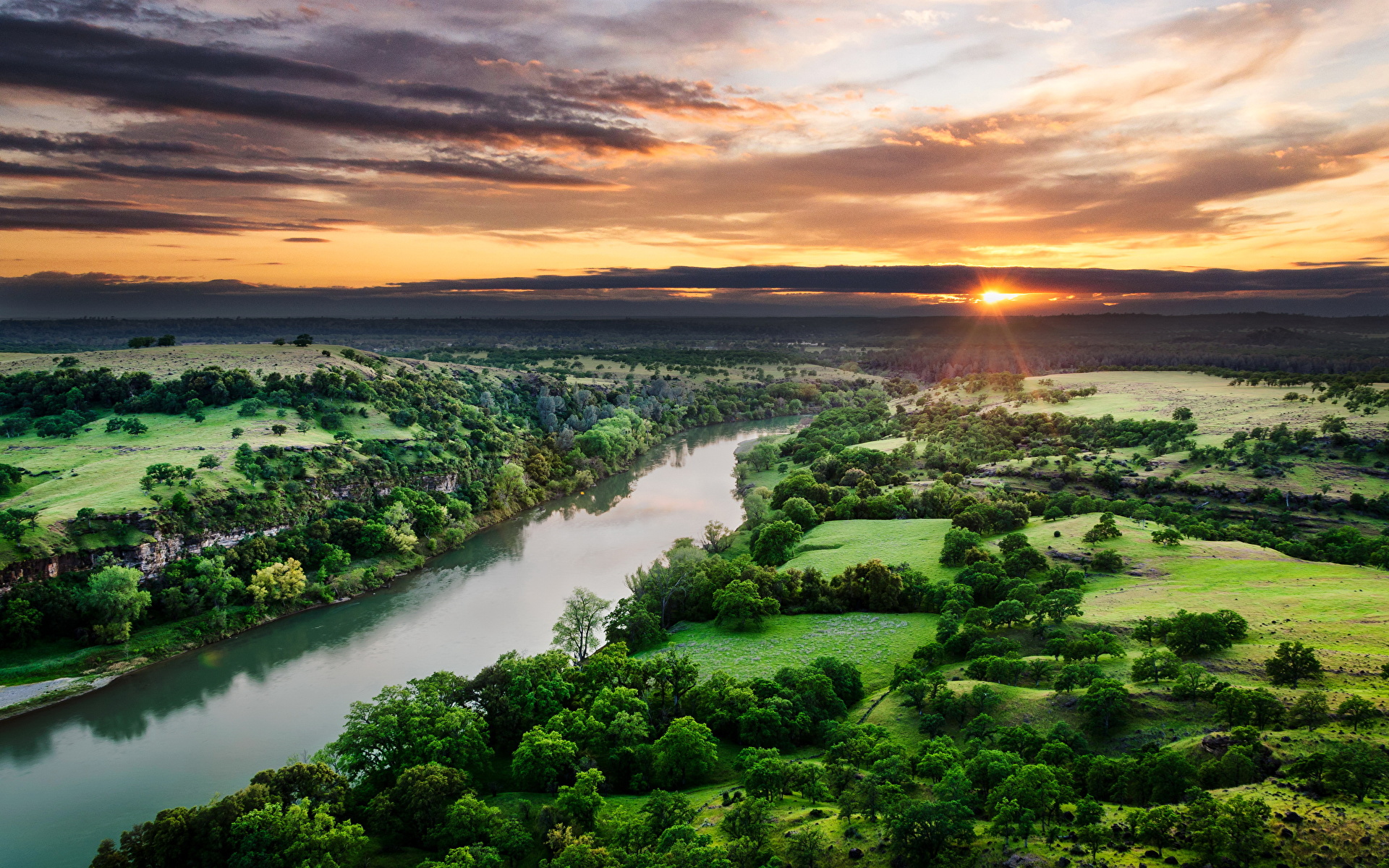History of the North American peoples
In the east of North America, we are faced with one of the most important and at the same time most striking problems in the history of the North American Indians. In the scientific literature, it received the laconic designation maunda, which some of our translators are trying to convey with the word “mounds”.
In general terms, mounds are very heterogeneous earthen mounds and ruins of various structures made of clay or stone. Some mounds were indeed barrows. These ancient burials have the shape of a circle, sometimes an ellipse. But their height is very different. We find such mound-burials, for example, in North Carolina, Virginia, Kentucky and other states.
Indian mounds
Other mounds are simply earthen mounds on which a wooden temple or sanctuary was erected. Probably the most famous group of mounds, discovered by the archaeologist Warren Murhid in 1925 near the city of Etowah in Georgia, belong to such temple mounds.
Another type of maunda is a stepped earthen pyramid. This is the largest mound of Cahokia near the Mississippi River. This largest pyramid in North America has a base area of 350 X 210 meters and reaches a height of 30 meters.
But, perhaps, the most interesting group is made up of figured mounds, which we meet in the states of Wisconsin, Ohio and a number of other places in the USA. These are the remains of very extensive mounds, the outlines of which reproduce in a huge increase the contours of the body of an animal.
So, in Ohio we know two mounds that resemble the body of a snake. One of them is over 300 meters long. The “body” of this serpent structure bends several times and ends in a giant spiral.

“Crocodile Mound”, found near the village of Licking in Wisconsin, up to 60 meters long, depicts, as its name already implies, an American crocodile (alligator). A large mound in South Dakota reproduces the shape of a turtle. And near Crawford in the same Wisconsin, more than a hundred years ago, a group of six mounds was discovered, depicting giant birds with outstretched wings.
It can be assumed that the homeland of the builders of these amazing curly molds was the state of Wisconsin. In C. Pay’s dissertation “Figured Mounds of the Wisconsin Culture” we find a complete list of all the mounds of this type known to science.
These included 24 bird-shaped mounds, 11 deer-shaped mounds, 16 rabbit-shaped mounds, 20 bear-shaped ones, etc. In total, Pay registered 483 mounds in the state of Wisconsin alone! Obviously, when constructing figured mounds, the ancient inhabitants of America reproduced in them the image of their totemic ancestors.
It is impossible to give a single answer to the question of the purpose of the mounds, if only because, as we see, they cannot be reduced to one common denominator. The grave mounds were simply the cemeteries of the ancient North Americans. Mounds depicting birds, fallow deer and bison, apparently served religious purposes. Others (for example, Mount Enshent in Ohio, which is a five-kilometer rampart) were very likely fortresses.
The oldest types of mounds are, of course, grave mounds. They first appeared in North America about three thousand years ago. Their creators were carriers of the so-called Aden culture, which got its name from one of the most famous grave mounds, which was discovered in the Adena pit of a large landowner and governor of Ohio, T. Worthington, located near the city of Chilicote.
The people of Aden culture were literally obsessed with worshiping their dead. In their honor they built these mounds, some quite tall; for example, Grave Creek Mound in the Virginia city, now even called Moundsville, reaches 25 meters in height. However, we know very little about Aden culture. Agriculture in North America was just in its infancy, social stratification among the carriers of the Aden culture was also in its infancy.
The traditions of Aden culture are being developed by a new culture – Hopewell
Representatives of which are no longer only building giant tombstones, but also erecting mounds, clearly intended for religious rites. Such is at least the octagonal mound in the city of Newark (Ohio), which the locals turned into a golf course.
Hopewell society is gradually stratified into the privileged and the unprivileged. Religion plays an important role in this culture, as ritual mounds also testify, and those who lead religious rites, the priests, stand out in particular.

The Hopewell culture disappears from the history of the ancient Mississippi and Ohio in the middle of the first millennium AD. It is replaced by a new, strong, incomparably more progressive culture, which we call by the name of the river, in the basin of which we meet with its traces especially often, the culture of the Mississippi. It is this culture that builds in this part of North America, on the one hand, giant temple mounds, on the other, earthen stepped pyramids.
The culture of the Mississippi is undoubtedly the pinnacle of the cultural development of the pre-Columbian Indians of North America in the eastern and central parts of the present United States. In the southwest, in the region of the Pueblo culture, an independent, peculiar and just as important for understanding the nature of individual stages of development, the process of formation of middle cultures takes place simultaneously.
After all, people of the Mississippi culture not only erected separate – even gigantic – mounds, but also located them in real cities, the most famous of which – Cahokia – was in the neighborhood of present-day St. Louis. This city had at least 30,000 inhabitants, that is, it was the largest settlement of the pre-Columbian Indians of North America known to us. Cahokia (like other cities of this culture) was surrounded by a five-meter-high wooden fence.
A huge earthen mound towered over the city, on top of which stood the main sanctuary of Cahokia. There were a hundred other Mounds throughout the city. Temples also stood on some of them, on others luxurious dwellings of the lords of the city were built.
